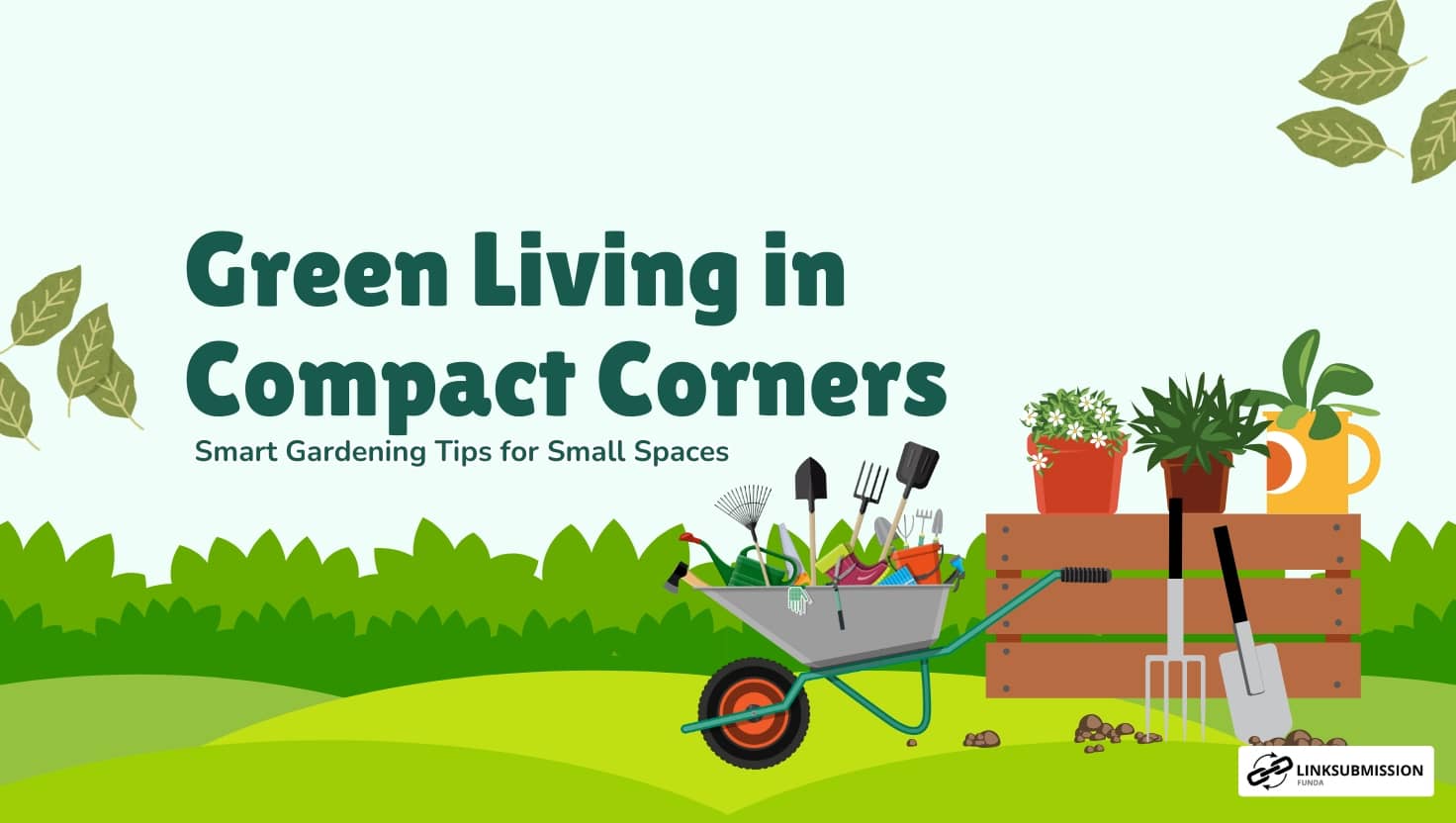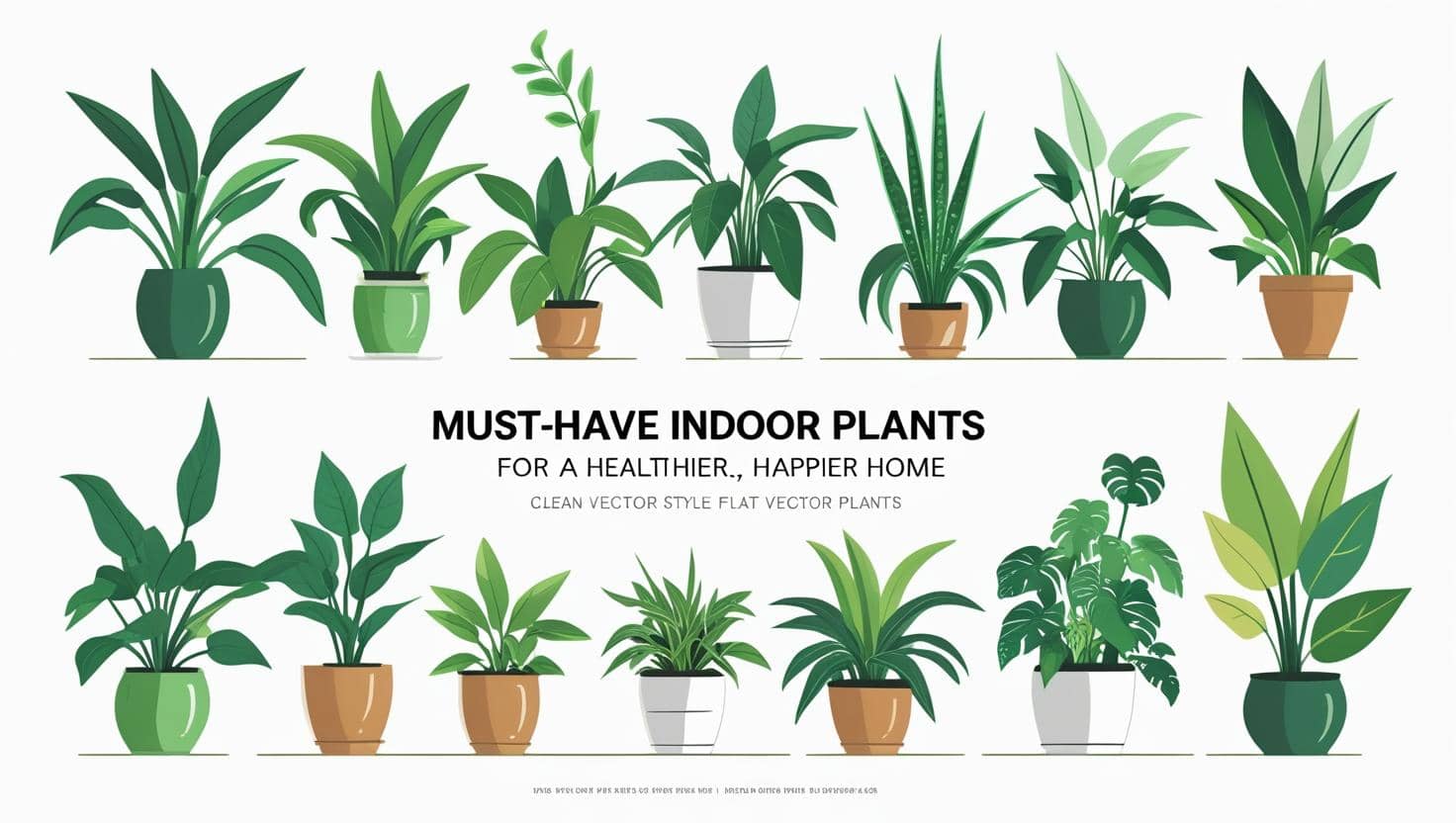Gardening is often associated with wide lawns, spacious backyards, and sprawling flower beds. But the truth is, you don’t need a large piece of land to enjoy the benefits of growing plants. With a little creativity and thoughtful planning, even the smallest spaces—like balconies, patios, windowsills, or compact urban homes—can transform into thriving green retreats. Whether you want to grow vegetables, herbs, or simply add a touch of nature to your home, small-space gardening makes it possible.
In this article, we’ll explore practical gardening tips that can help you turn your limited space into a lush, productive, and refreshing mini oasis.
1. Choose the Right Plants for Small Spaces
The key to successful small-space gardening is selecting plants that thrive in compact conditions. Herbs like basil, mint, thyme, and coriander are perfect for pots and window boxes. Vegetables such as cherry tomatoes, lettuce, peppers, and spinach also grow well in containers. If your goal is purely ornamental, opt for succulents, flowering plants like marigolds or petunias, or indoor-friendly plants like snake plants and pothos.
When space is scarce, prioritize plants that serve multiple purposes. For example, herbs not only look fresh but can also be used in cooking, while leafy greens provide nutrition and greenery at the same time.
2. Maximize Vertical Space
When floor space is limited, think vertically. Use wall-mounted planters, hanging baskets, trellises, or plant stands to expand your gardening area without taking up extra room. Vertical gardens not only save space but also create stunning green walls that add character to small balconies or patios.
Trellised plants like beans, cucumbers, or even certain flowering vines climb upwards, making them ideal for vertical gardening. Hanging baskets filled with cascading plants such as ivy, spider plants, or strawberries can also bring charm and utility to tight corners.
3. Use Containers Wisely
Container gardening is the heart of small-space planting. Pots, tubs, recycled buckets, or even wooden crates can be repurposed into planters. Choose lightweight containers if you plan to move them around often, and ensure they have proper drainage to prevent waterlogging.
To make the most of your space, go for tiered arrangements—placing smaller pots on stands or shelves above larger ones. Self-watering containers are another great option, especially if you have a busy lifestyle or limited time for daily watering.
4. Think Multipurpose Furniture
In extremely compact spaces, blend your garden with functional living. For instance, use a bench that doubles as a planter, or install railing planters on your balcony without sacrificing floor area. Folding tables with built-in plant holders or garden stools that also store gardening tools can make your green corner both stylish and practical.
This approach ensures you get the best of both worlds—a cozy living space with a refreshing garden atmosphere.
5. Prioritize Sunlight and Placement
Even small plants need the right amount of sunlight. Pay attention to how much natural light your space receives. South-facing windows and balconies typically get the most sunlight, making them ideal for vegetables and flowering plants.
If your area doesn’t get enough natural light, consider using grow lights. Compact LED grow lights are budget-friendly, energy-efficient, and can help herbs and greens flourish indoors.
6. Embrace Creative Gardening Hacks
Small-space gardening often requires a dash of innovation. Here are a few simple yet effective hacks:
- Over-the-door shoe organizers can be turned into hanging herb gardens.
- Mason jars make excellent mini herb pots for windowsills.
- Ladder shelves can display multiple pots vertically while adding rustic charm.
- Recycled cans or bottles can be upcycled into unique planters.
These hacks not only maximize space but also give your garden a personal, eco-friendly touch.
7. Keep Maintenance Simple
Small gardens should be easy to maintain. Choose low-maintenance plants if you’re new to gardening or have a hectic schedule. Succulents, snake plants, and pothos are hardy choices that don’t demand constant attention.
Regular pruning, proper watering, and occasional fertilizing will keep your plants healthy. Since small containers dry out quickly, it’s important to check soil moisture frequently. Using organic compost or slow-release fertilizers will ensure steady plant growth without much fuss.
8. Add Personality with Design Elements
Even if you have just a tiny balcony or window garden, style it in a way that reflects your personality. Add colorful pots, fairy lights, or mini garden accessories to create a cozy vibe. You could also use matching planters or rustic containers for a uniform look.
A small water feature or a few aromatic plants like lavender or jasmine can make your little garden not only visually appealing but also a relaxing retreat.
Final Thoughts
Gardening in small spaces is proof that nature doesn’t demand luxury—it simply needs care, creativity, and attention. With vertical arrangements, smart plant choices, and a touch of innovation, you can create a mini green paradise right at home.
No matter how compact your living area is, there’s always room for a bit of greenery. And as you nurture your plants, you’ll discover that gardening doesn’t just beautify your space—it also brings peace, joy, and a deeper connection with nature.





